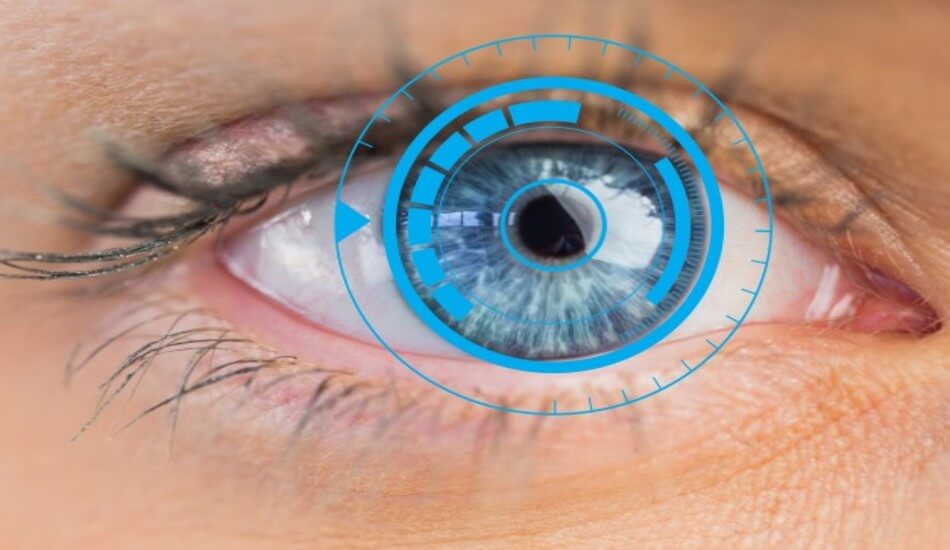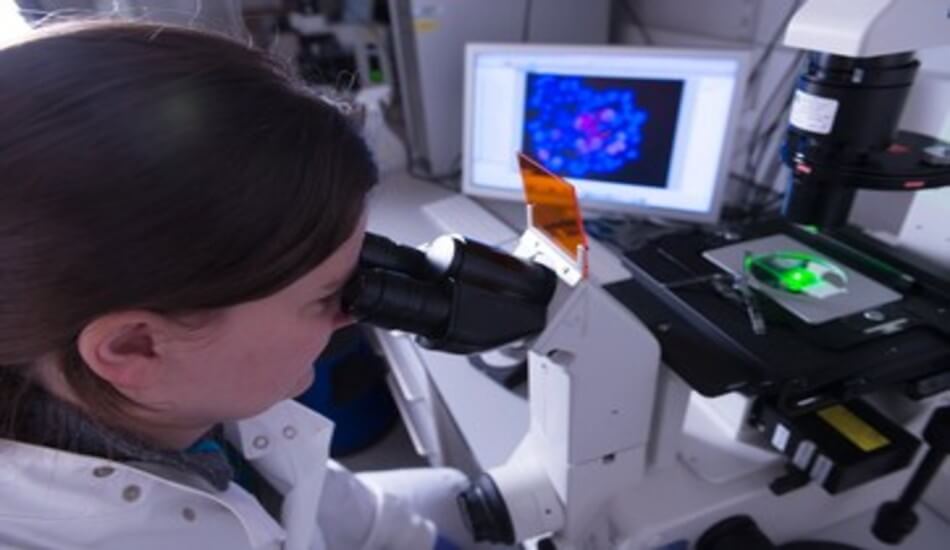Organ transplantation is one of the greatest miracles of the last century. Transplantation would not be possible but for organ donation by fellow human beings magnanimity to share their organs. Organs can be donated while living or after death (Cardiac & Brain death). A living person can donate blood, bone marrow, one kidney, part of liver, etc. After cardiac death, only tissues can be donated such as eyes and skin within 6 hours of death. What is more important is after brain death (Deceased Organ Donor) a person can donate & save the lives of up to eight people by donating the heart, lungs, liver, kidneys, pancreas, and intestines, besides several tissues such as eyes, skin, bones, tendons, soft tissue, heart valves, veins, etc. The latter is a routine practice in the developed countries. In India, except barring few States DOD has not fared well till recently. With the formation of National Organ & Tissue Transplant Organization (NOTTO) recently the numbers are growing, yet we have a long way to go. Unawareness, religious misconceptions, and superstitions are the main reasons for this.
The Law: Transplant of Human Organs Act (THOA 1994 – Amendment 2011) governs organs and tissue donation & transplant activities. Organs cannot be sold nor purchased and is an offence. Living organ donations is relatively easy if the donor is ‘first’ relation (parents, children, sibling, spouse, grandparents/children). Other relations and unrelated donors are scrutinized by a duly recognised Authorising Committee to rule out commercial dealings.
Understanding Brain-death: The term brain death is defined as “irreversible & permanent unconsciousness with complete loss of brain function”. Organ donations will take place only after certification of brain death by four certified experts by doing six mandatory tests done twice with a gap of six hours to be doubly sure that the patient is dead. This practice is accepted worldwide.
How does organ donation and transplant work?
Patients who require DOD transplantation have to register their names in the Hospital waiting list as well as Government regulated body called Zonal Transplant Coordination Centre (ZTCC). Health being a State matter, the patients from the State gets a priority. Whenever a DOD is reported to the ZTCC one kidney is utilsed by the Transplant Hospital and the second kidney goes to the patient registered with the ZTCC according to the blood group and priority. As Nagpur is not carrying out only kidney transplantation, the Nagpur ZTCC informs the State Authority called State Organ and Tissue Transplant Organization (SOTTO), who distribute the organs such as liver, heart, lungs, etc to hospitals in the States (Mumbai, Pune, etc) according to the priority and approved practices. The recipient hospitals have to make arrangements to reach Nagpur earliest by commercial/chartered or air-ambulances. The retrieval of organs takes place when all the surgical teams reach the hospital where the DOD is present. After organs are retrieved, the organs are carried in special cold boxes by the respected teams to their hospitals. It is here that help from the Police is sought to create a ‘green corridor’ to facilitate moving the organs without any delay.
What should one do to donate organs?
The first thing to do is to sign a pledge after understanding the subject. One must discuss the matter with the family members so that they are aware of your decision. It is quite likely that the family members would also like to pledge. Anybody above 18 years of age can sign a pledge to donate organs. The forms can be obtained from the ZTCC, MOHAN Foundation Center, online from website of NOTTO, Mohan Foundation. You should keep the donor card with you, especially if you are travelling. A pledge card indicates the owners wish to donate organs. However (as per existing law) after the death, the family has to consent before the organs are donated. There are a few conditions (cancer, serious infection, etc) when donation cannot take place.
For further information contact: MOHAN Foundation. J-12, West High Court Road, Laxmi Nagar, Nagpur 440022. MS. E.mail: raviwankhede@mohanfoundation.org / 9423683350. Toll free Helpline 1800 103 7100 www.mohanfoundation.org
|










